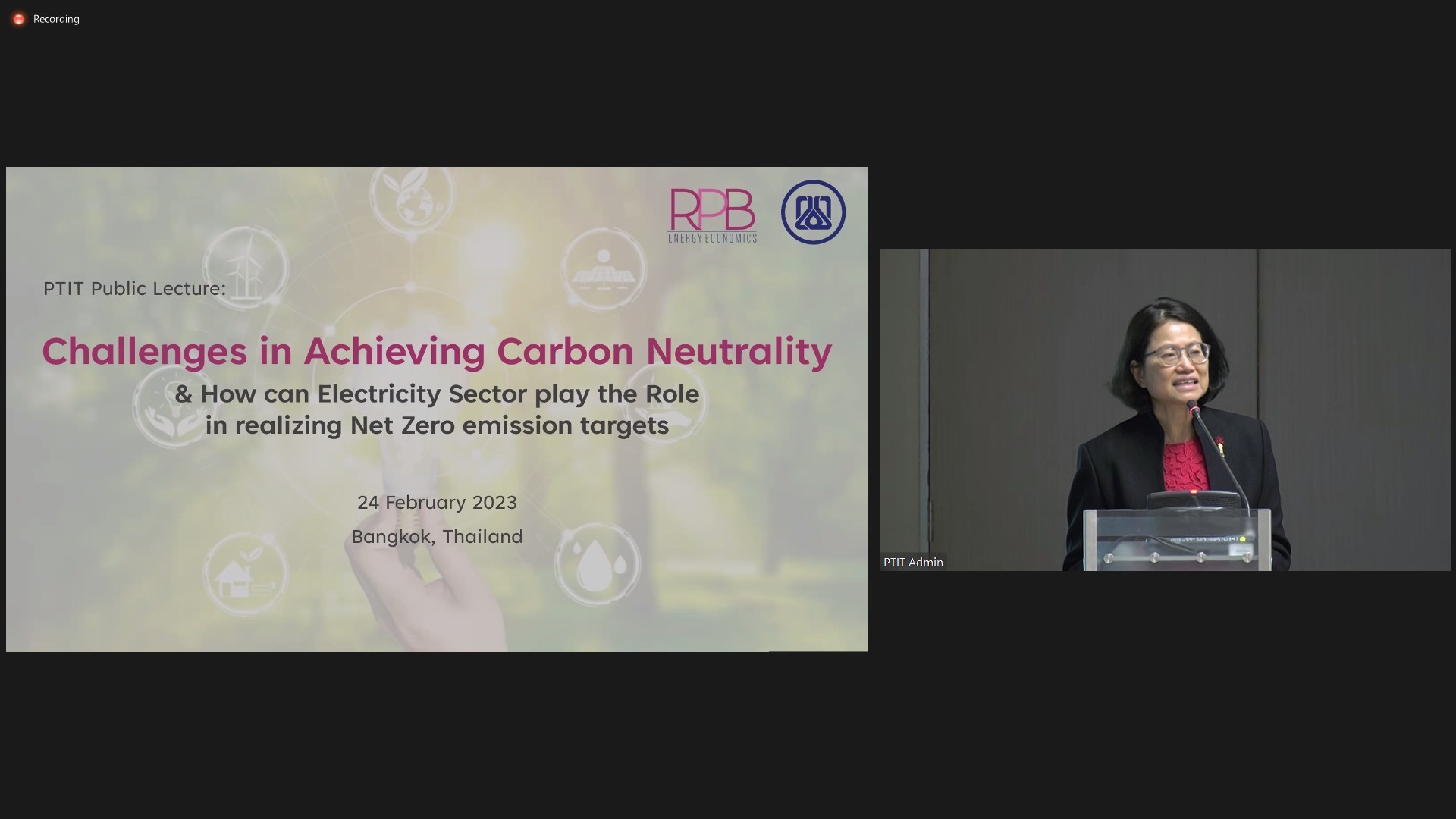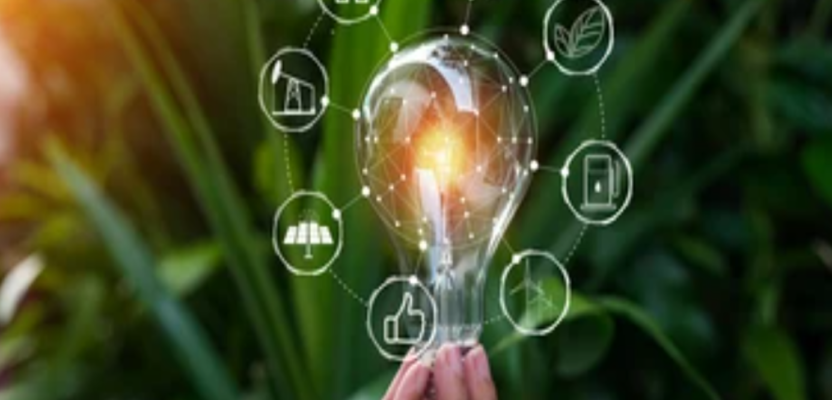Challenges in Achieving Carbon Neutrality
International Energy Agency (IEA) recently released its 2023 Electricity Market Report. The report showed that renewables and nuclear energy will dominate the growth of global electricity supply through 2025. The electricity generation sourced from coal power plants in the EU, the U.S., and Canada has been declined. But this is opposite to many Southeast Asian countries as they rely on affordable electricity to develop their economy. Nevertheless, the renewable generation mixes of these countries are rising.

On February 24, 2023, Dr. Broehm presented a public lecture on “Challenges in Achieving Carbon Neutrality: How Can Electricity Sector Play the Role in Realizing Net-Zero Emissions Target,” in Bangkok, Thailand. She emphasized that to achieve net-zero emissions, we need to go beyond decarbonization. Relying on renewables is not enough because the major energy consumptions are from hard-to-abate industries (such as aviation, petrochemicals, steel, refineries, cement, chemicals, and mining). These hard-to-abate industries need different kind of solutions, including clean energy technologies and even different production processes. These include carbon capture and storage/carbon capture sequestration technologies and green hydrogen. We have seen an example in a cement industry. The Economist wrote in its February 15th 2023 issue that cleaner ways to make green steel are being explored. Furthermore, to achieve the net-zero emissions target, private firms need to expand their focus on their supply chains. Many companies that already achieved their Greenhouse Gas Protocol’s (GHG’s) Scope 1 and Scope 2 are now turning their GHG goals to Scope 3, which accounts for 80% of GHG emissions for many products. Finally, Dr. Broehm emphasized the uses of market platform, rate design and transparency together can be powerful in speeding up carbon neutrality and achieving net-zero emissions targets.

